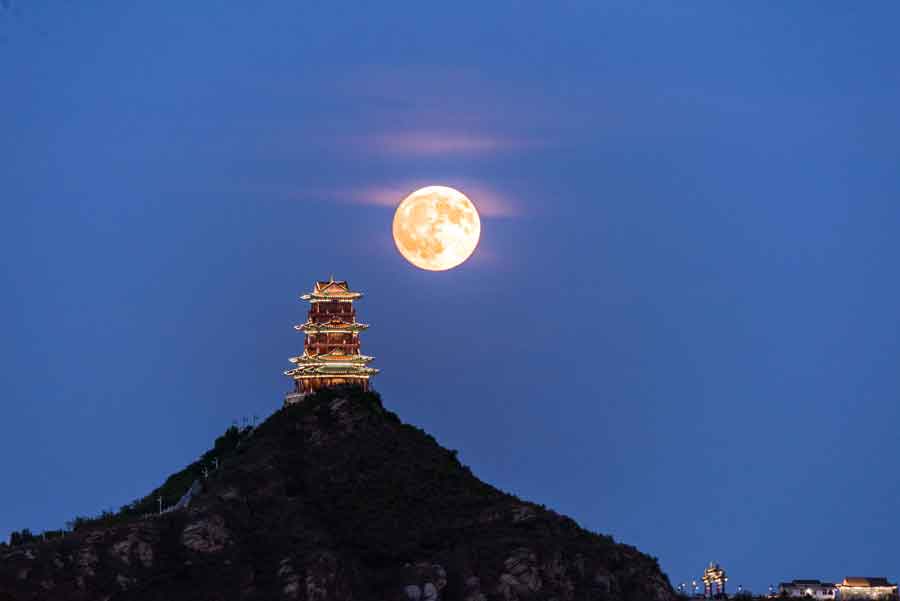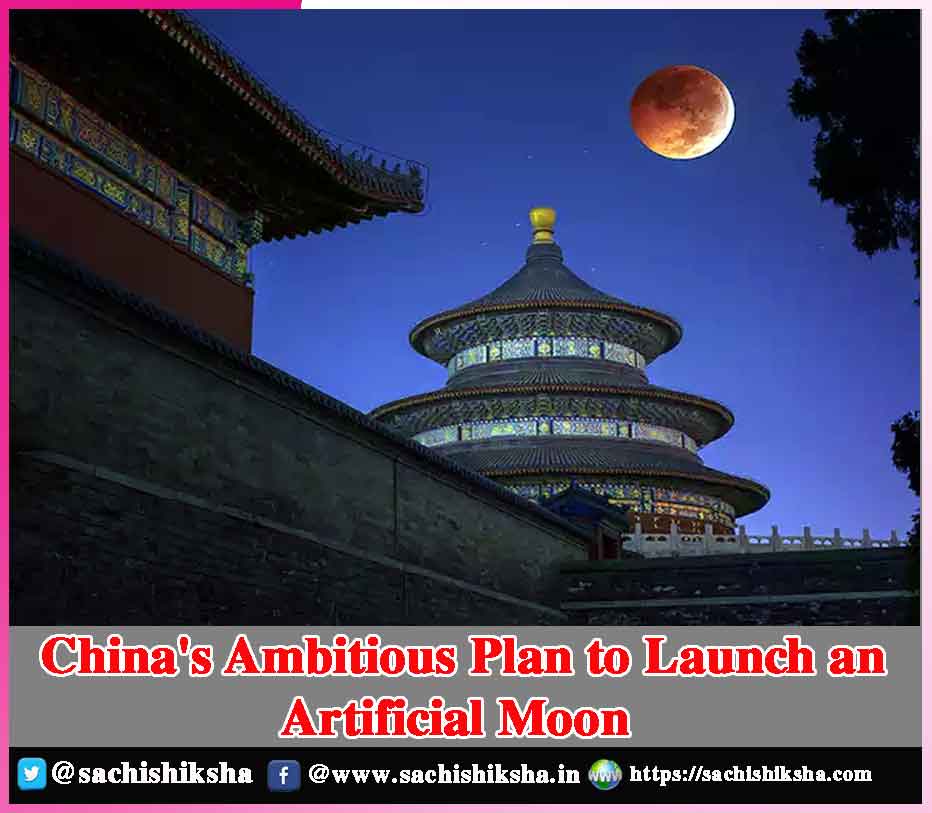China’s Ambitious Plan to Launch an Artificial Moon
Introduction: Have you ever wished for a brighter moonlit night? Well, China has taken this wish to a whole new level by announcing its plans to launch an artificial moon into space! This ambitious project aims to provide additional lighting to the city of Chengdu, a metropolis with a population of over 10 million people.
But what exactly is an artificial moon, and how will it work? In this article, we’ll dive into the fascinating world of China’s latest technological endeavour, exploring the potential benefits and challenges of this futuristic project.
Also Read :-
- Karnal- The Milk City of India
- JODHPUR-THE BLUE CITY
- Udaipur– City of Lakes
- London – The City of Museums and Gardens
- Adventures Places In Chennai
Table of Contents
A Real Project:

A Way to Reduce Energy Consumption:
The idea behind the project is to provide additional lighting to the city of Chengdu, which can be seen as a way to reduce the amount of energy used for street lighting. According to CASC, the artificial moon will be able to provide illumination that is eight times brighter than the natural moon. This will enable the city to save a significant amount of energy and reduce its carbon footprint.
Reflective Coating & Solar Panels:
The artificial moon will be made up of a reflective coating and solar panels, which will generate the necessary power to keep the moon operational. The coating will be designed to reflect the sunlight back to Earth, while the solar panels will generate the electricity needed to power the device.
Continuous Lighting:
One of the main benefits of an artificial moon is that it can provide continuous lighting, unlike the natural moon, which only appears at night. The artificial moon will be able to provide lighting 24 hours a day, which will be particularly useful for areas that experience frequent power outages. The device will be placed in low Earth orbit at an altitude of 500 kilometers. The project is still in the testing phase, and there are concerns about the potential impact on the natural environment.
Astronomical Concerns:
Some astronomers have expressed concern that the artificial moon could interfere with astronomical observations and cause light pollution. However, CASC has stated that the device will not interfere with astronomical observations, and the brightness of the moon will be carefully controlled to minimize light pollution.
Impact on Wildlife:
Another concern is the impact on wildlife, as the brightness of the moon could disrupt the natural behaviours of animals that are active at night. However, CASC has stated that the brightness of the moon will be carefully controlled to minimize any impact on wildlife.
Ample Support:
Despite these concerns, the project has received a lot of support from the Chinese government, and it is seen as a way to showcase China’s technological prowess. The project is also being viewed as a way to drive economic growth in the region, as it could lead to the development of new technologies and industries.
Not a New Concept:
The concept of an artificial moon is not new, and there have been similar proposals in the past. In the 1990s, the Russian Academy of Sciences proposed the creation of a giant mirror that could be placed in space to reflect sunlight back to Earth. However, the project never materialized due to technical and financial difficulties.
Conclusion: China’s ambitious project to launch an artificial moon has captured the world’s attention, offering the potential for significant implications in terms of energy consumption and environmental impact. Although there are valid concerns about the impact on wildlife and astronomical observations, the project is being closely monitored to minimize any negative effects.
If successful, the launch of an artificial moon could spark the development of new technologies and industries, which would have a positive impact on the global economy. It remains to be seen whether the artificial moon will prove to be a success, but it is a venture that certainly merits attention and interest.














































